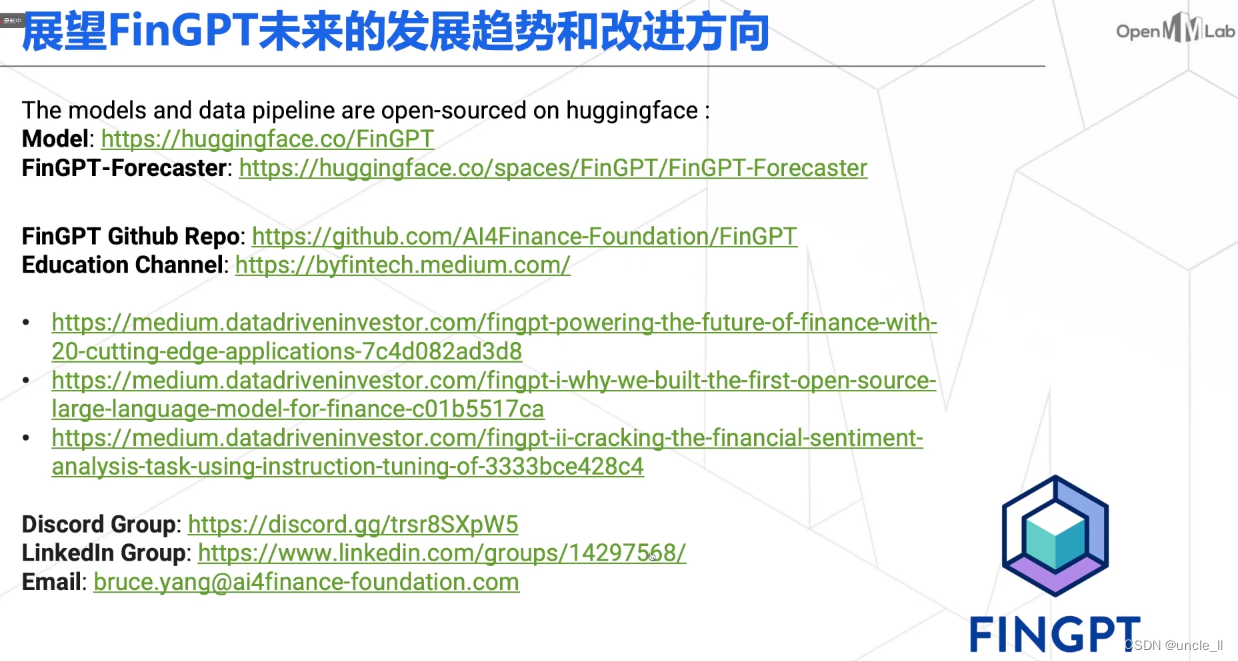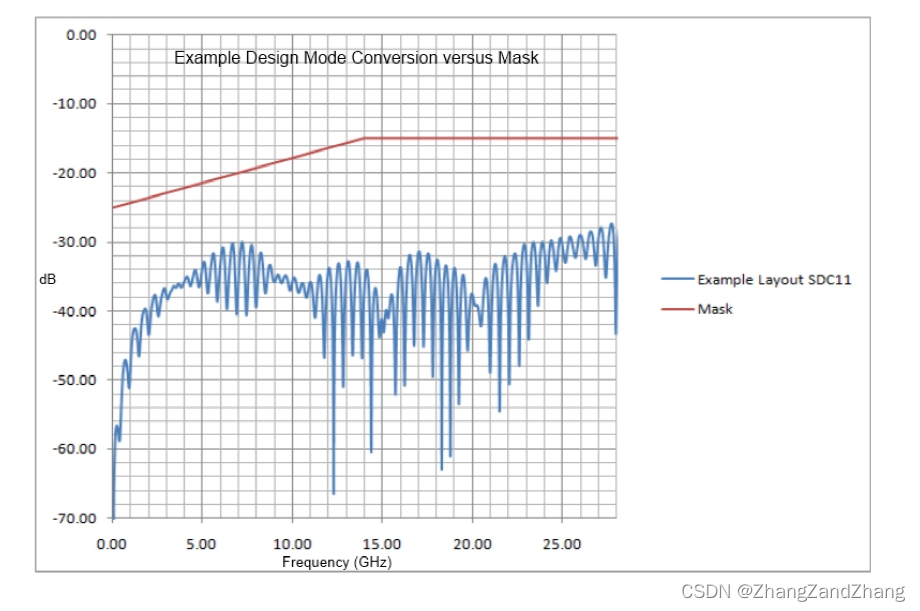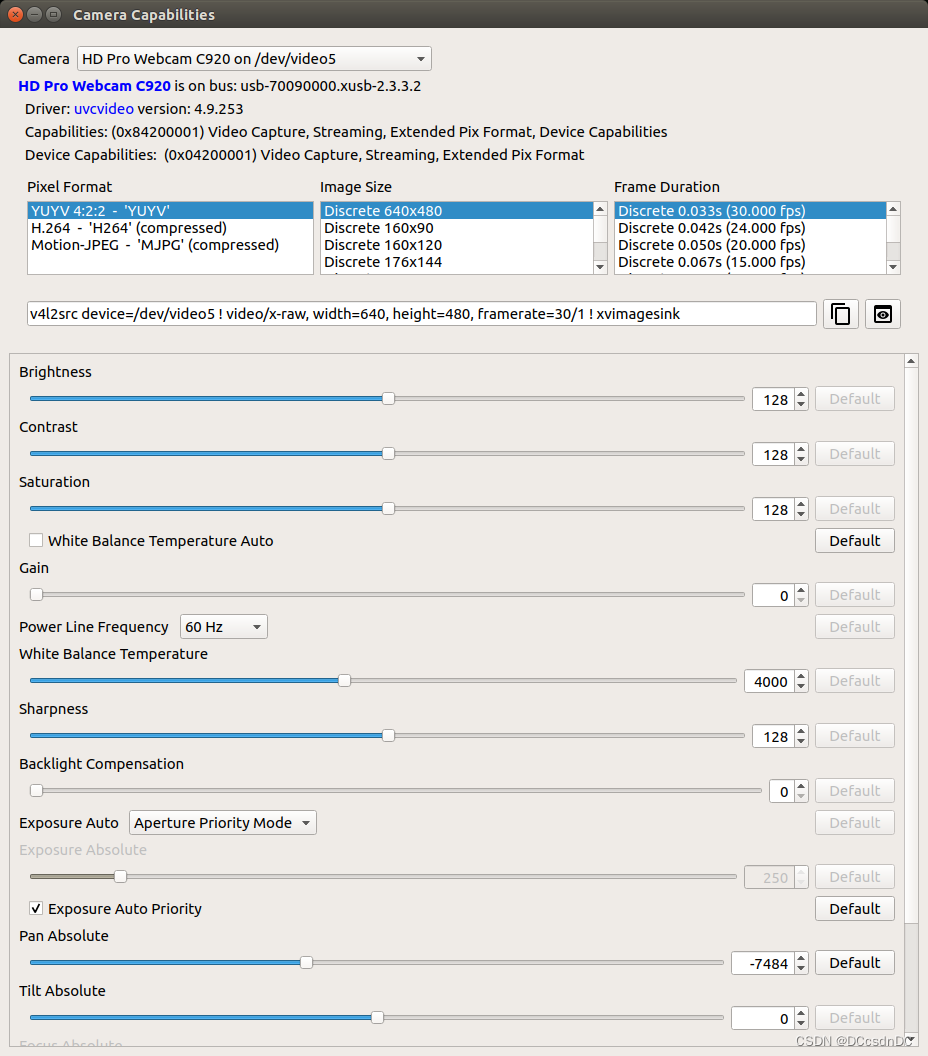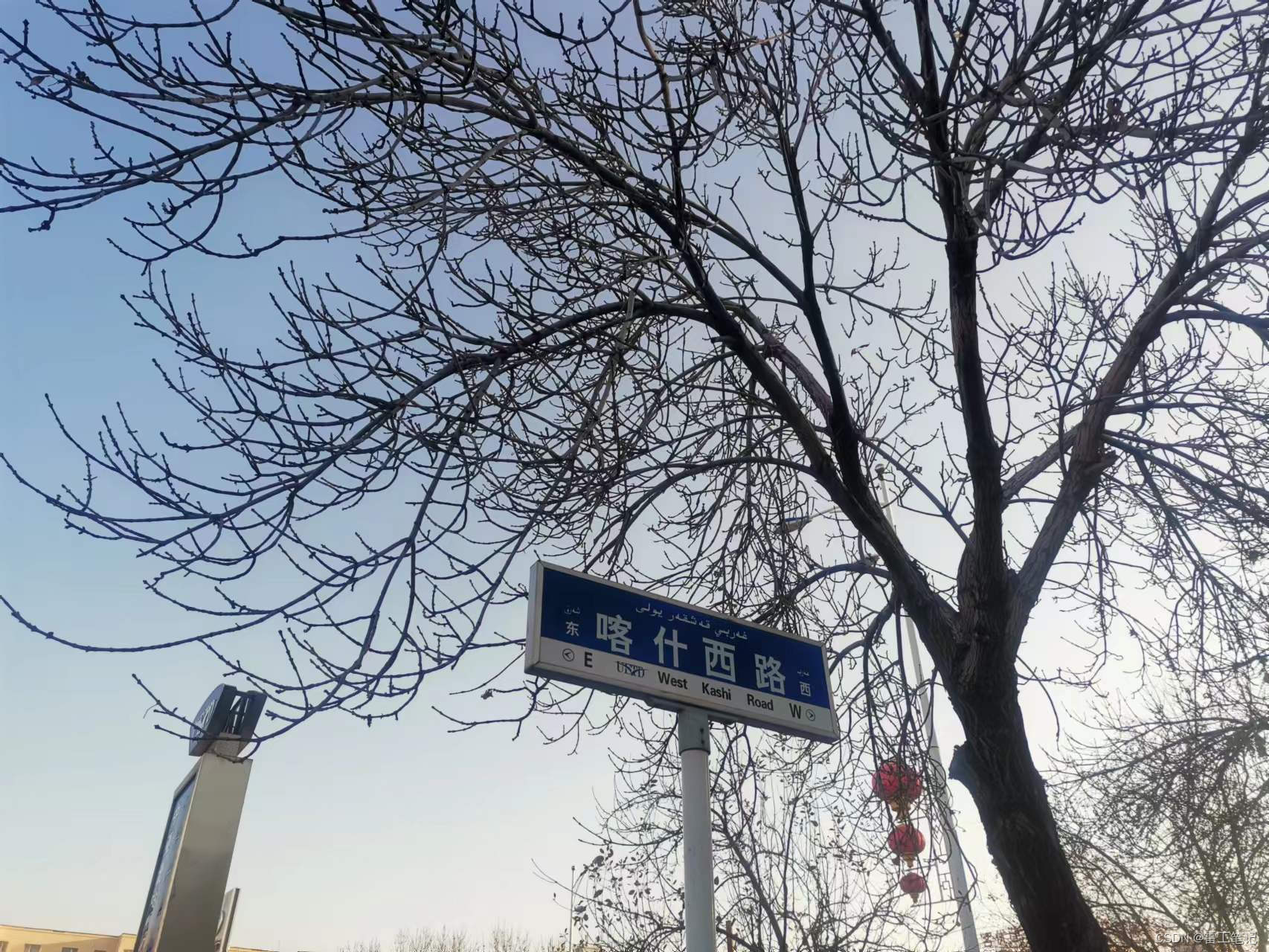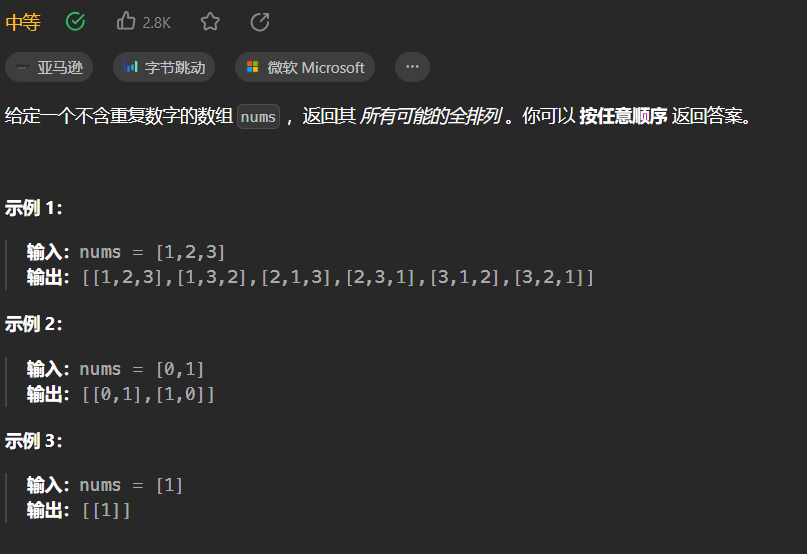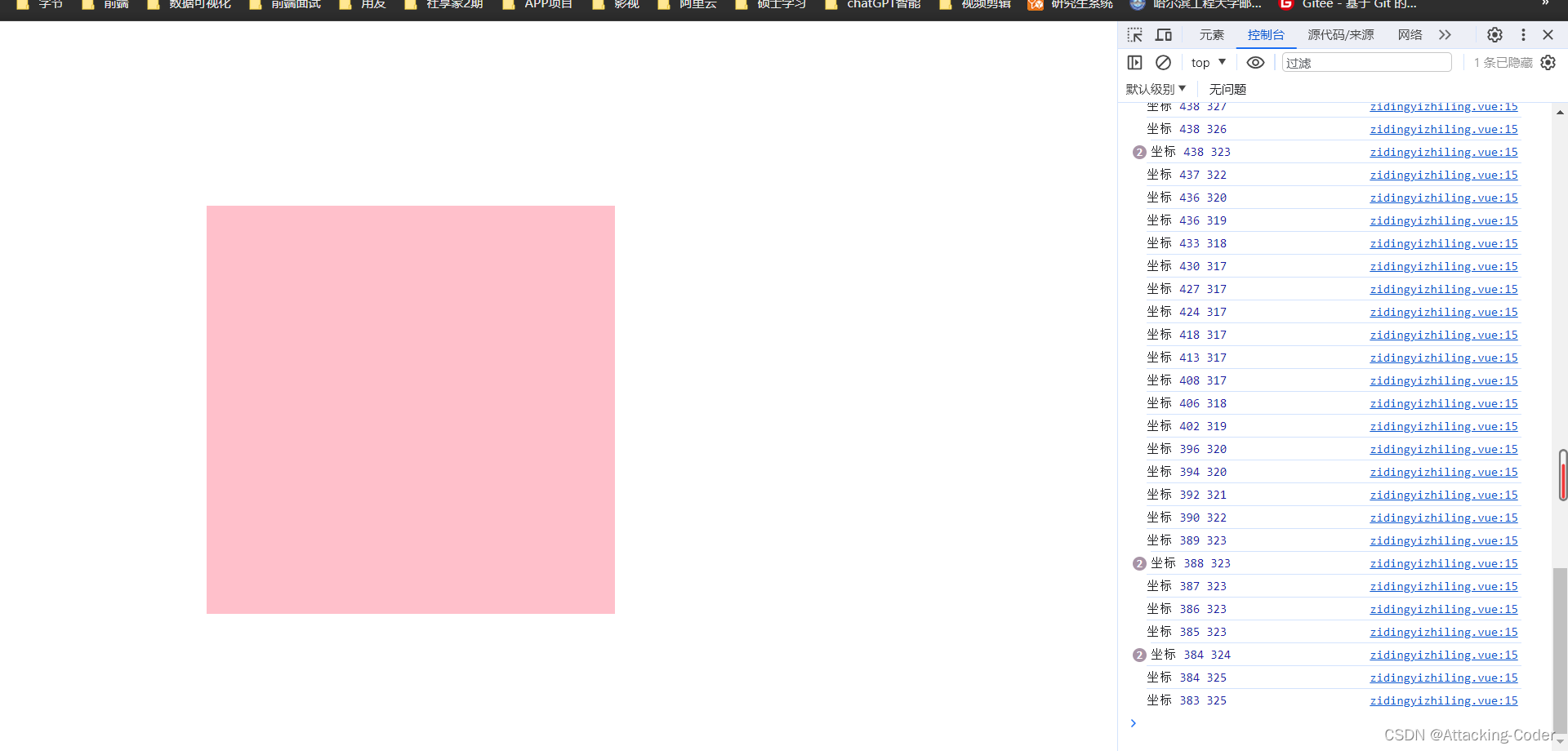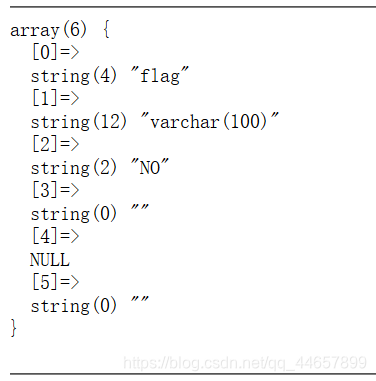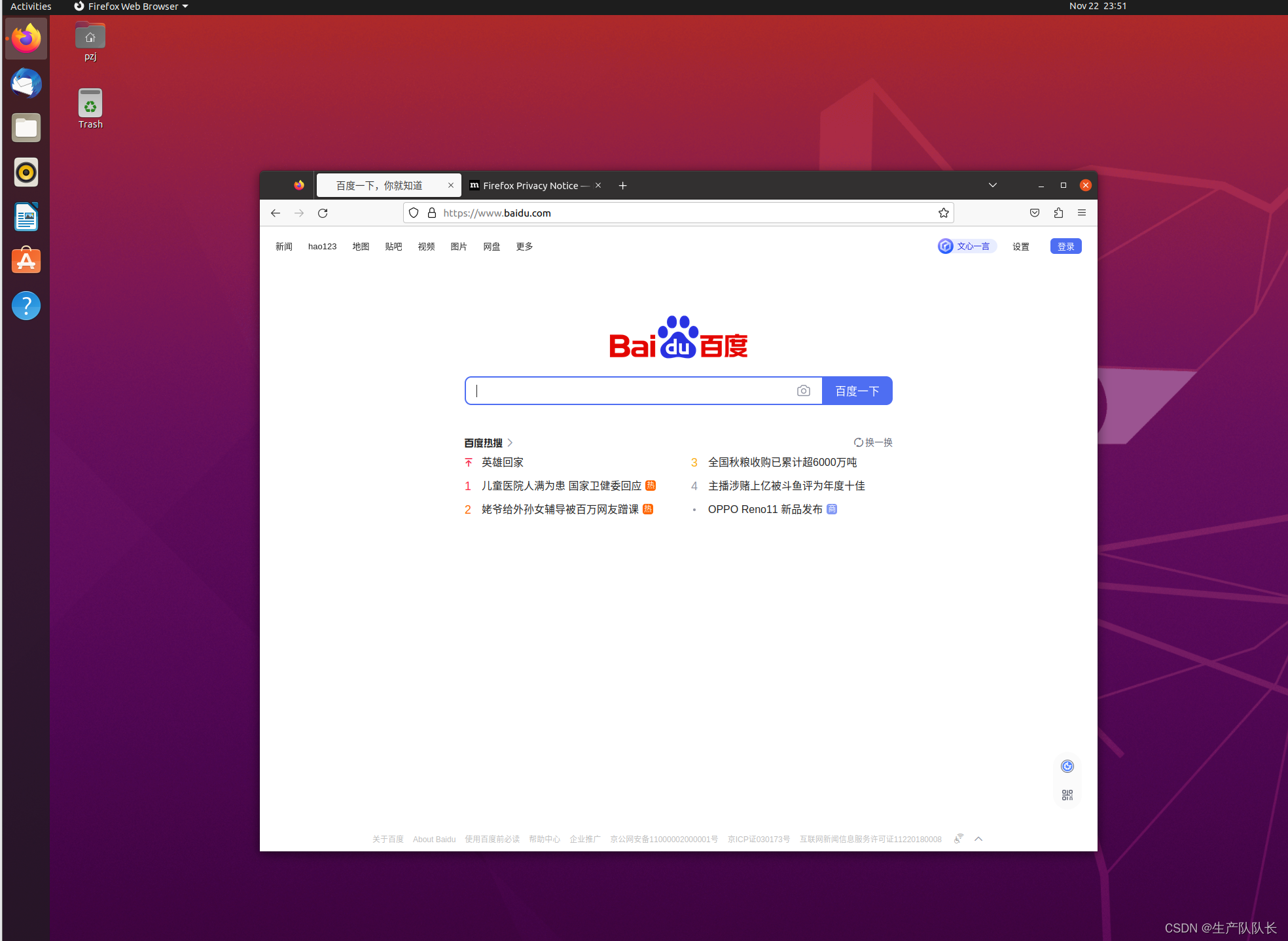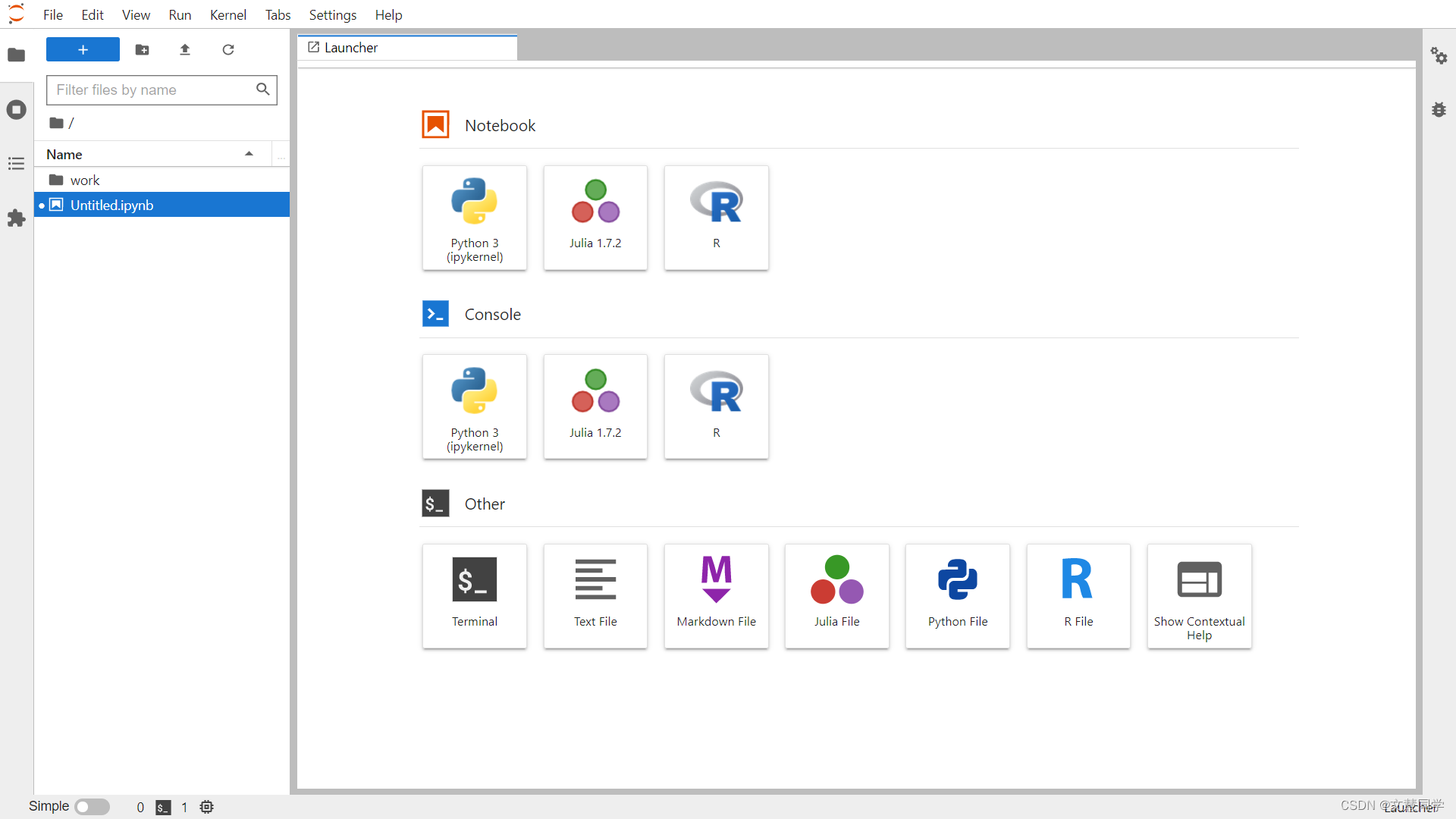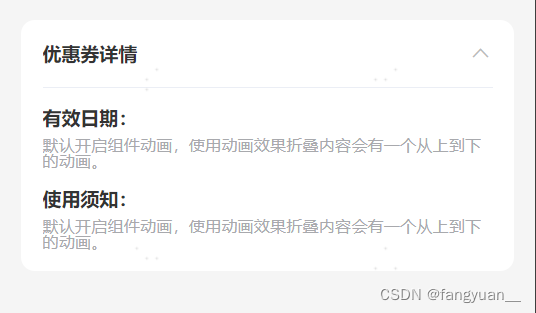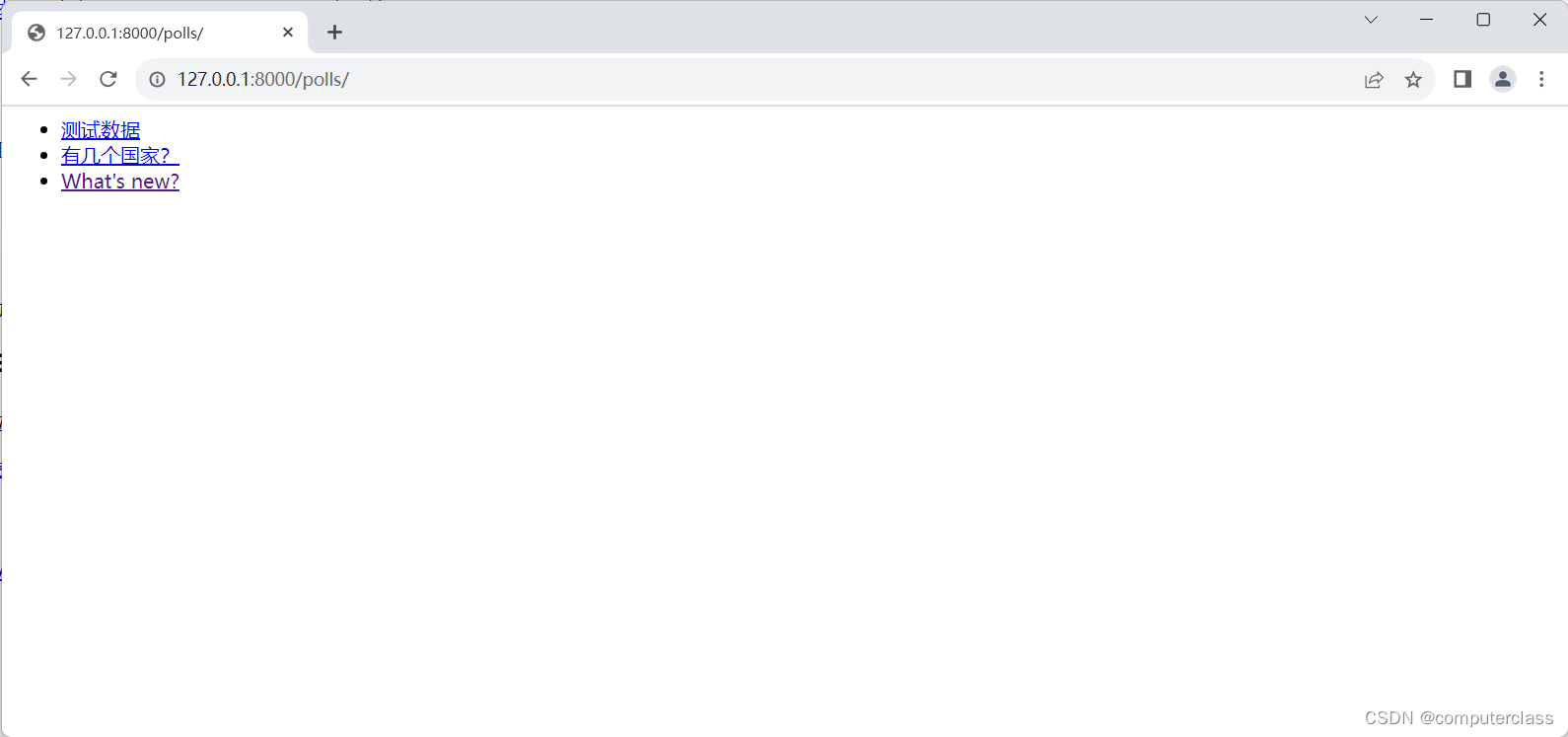目录
文章目录
- 一,Fastjson到Jackson的替换方案
- 方案代码
- 序列化
- 反序列化
- 通过key获取某种类型的值
- 类型替换
- 二,Springboot工程中序列化的使用场景
- 三,SpringMVC框架中的Http消息转换器
- 1,原理:
- 2,自定义消息转换器
- Fastjson序列化消息转换器定义:
- Jackson序列化消息转换器定义:
- 3,Jackson常用注解自定义序列化规则
一,Fastjson到Jackson的替换方案
方案代码
package main.java.solutions;
import com.fasterxml.jackson.annotation.JsonInclude;
import com.fasterxml.jackson.core.JsonParser;
import com.fasterxml.jackson.core.JsonProcessingException;
import com.fasterxml.jackson.core.type.TypeReference;
import com.fasterxml.jackson.databind.DeserializationFeature;
import com.fasterxml.jackson.databind.MapperFeature;
import com.fasterxml.jackson.databind.ObjectMapper;
import com.fasterxml.jackson.databind.SerializationFeature;
import com.fasterxml.jackson.databind.module.SimpleModule;
import com.fasterxml.jackson.databind.ser.std.ToStringSerializer;
import lombok.AccessLevel;
import lombok.NoArgsConstructor;
import lombok.extern.slf4j.Slf4j;
import java.io.IOException;
import java.math.BigDecimal;
import java.time.LocalDate;
import java.time.LocalDateTime;
import java.util.ArrayList;
import java.util.Collection;
import java.util.List;
import java.util.Map;
/**
* json工具类
* @Date: 2023/7/4 14:38
*/
@Slf4j
@NoArgsConstructor(access = AccessLevel.PRIVATE)
public class JsonUtil {
/**
* 这个是提供给http接口使用的对象
*/
private static final ObjectMapper OBJECT_MAPPER = new ObjectMapper();
static {
// 通过该方法对mapper对象进行设置,所有序列化的对象都将按改规则进行系列化
// Include.Include.ALWAYS 默认
// Include.NON_DEFAULT 属性为默认值不序列化
// Include.NON_EMPTY 属性为 空("") 或者为 NULL 都不序列化,则返回的json是没有这个字段的。这样对移动端会更省流量
// Include.NON_NULL 属性为NULL 不序列化
OBJECT_MAPPER.setSerializationInclusion(JsonInclude.Include.NON_NULL);
OBJECT_MAPPER.configure(DeserializationFeature.FAIL_ON_UNKNOWN_PROPERTIES, false);
OBJECT_MAPPER.configure(SerializationFeature.WRITE_DATE_KEYS_AS_TIMESTAMPS, true);
OBJECT_MAPPER.configure(SerializationFeature.FAIL_ON_EMPTY_BEANS, false);
OBJECT_MAPPER.configure(JsonParser.Feature.ALLOW_SINGLE_QUOTES, true);
OBJECT_MAPPER.configure(MapperFeature.ACCEPT_CASE_INSENSITIVE_PROPERTIES, true);
SimpleModule module = new SimpleModule();
module.addSerializer(BigDecimal.class, ToStringSerializer.instance);
module.addSerializer(LocalDateTime.class, new LocalDateTimeSerializer());
module.addSerializer(LocalDate.class, new LocalDateSerializer());
module.addDeserializer(LocalDateTime.class, new LocalDateTimeDeSerializer());
module.addDeserializer(LocalDate.class, new LocalDateDeSerializer());
OBJECT_MAPPER.registerModule(module);
}
/**
* 直接获取ObjectMapper对象
*/
public static ObjectMapper getObjectMapper() {
return OBJECT_MAPPER;
}
/**
* 序列化一个对象,序列化失败时仅仅打印日志并且返回null。
*
* @param object 对象
* @return String
*/
public static String toJsonOrNull(Object object) {
if (object == null) {
return null;
}
try {
return OBJECT_MAPPER.writeValueAsString(object);
} catch (JsonProcessingException e) {
log.error("Json serialize error :", e);
}
return null;
}
/**
* 序列化一个对象,序列化失败则抛异常
*
* @param object 对象
* @return String
*/
public static String toJsonString(Object object) throws Exception {
if (object == null) {
return null;
}
try {
return OBJECT_MAPPER.writeValueAsString(object);
} catch (JsonProcessingException e) {
log.error("Json serialize error :", e);
throw new Exception("Json serialize error");
}
}
/**
* 反序列化,失败则抛异常
*/
public static <T> T parseObject(String json, Class<T> classType) throws Exception {
if (StringUtils.isEmpty(json)) {
return null;
}
try {
return OBJECT_MAPPER.readValue(json, classType);
} catch (Exception e) {
log.error("Json de-serialize error :", e);
throw new Exception("Json de-serialize error");
}
}
/**
* 自定义复杂的泛型对象,反序列化,失败则抛异常
*/
public static <T> T parseObject(String json, TypeReference<T> typeReference) throws Exception{
if (StringUtils.isEmpty(json)) {
return null;
}
try {
return OBJECT_MAPPER.readValue(json, typeReference);
} catch (Exception e) {
log.error("Json de-serialize error :", e);
throw new Exception("Json de-serialize error");
}
}
/**
* 反序列化为Map
*/
public static Map<String, Object> parseMap(String json) throws Exception{
return parseObject(json, new TypeReference<Map<String, Object>>() {});
}
/**
* 自定义 List 类型的反序列化
*
* @param json JSON 字符串
* @param classType List 中元素的类类型
* @param <T> List 中元素的泛型类型
* @return 反序列化后的 List 对象
*/
@SuppressWarnings("unchecked")
public static <T> List<T> parseArray(String json, Class<T> classType) throws Exception {
if (StringUtils.isEmpty(json)) {
return null;
}
try {
return parseCollection(json, ArrayList.class, classType);
} catch (Exception e) {
log.error("Error occurred during json deserialization for List: ", e);
throw new Exception("Error occurred during json deserialization");
}
}
/**
* 通用的集合类型反序列化
*
* @param jsonStr JSON 字符串
* @param resultClass 结果集合的类类型
* @param classType 集合元素的类类型
* @param <C> 返回结果的泛型类型,必须是 Collection 的子类
* @param <T> 集合元素的泛型类型
* @return 反序列化后的集合对象
* @throws IOException 如果反序列化过程中出现 I/O 错误
*/
public static <C extends Collection<T>, T> C parseCollection(String jsonStr, Class<C> resultClass, Class<T> classType) throws IOException {
return OBJECT_MAPPER.readValue(jsonStr, OBJECT_MAPPER.getTypeFactory().constructCollectionType(resultClass, classType));
}
public static Long getLong(Map<String, Object> map, String key) throws Exception {
return TypeUtils.castToLong(map.get(key));
}
public static Integer getInteger(Map<String, Object> map, String key) throws Exception{
return TypeUtils.castToInt(map.get(key));
}
public static String getString(Map<String, Object> map, String key) {
return TypeUtils.castToString(map.get(key));
}
}
package main.java.solutions;
import java.math.BigDecimal;
import java.util.Iterator;
import java.util.Map;
import java.util.regex.Matcher;
import java.util.regex.Pattern;
/**
* 类型转换类
* @Date: 2023/7/4 14:38
*/
public class TypeUtils {
private static final Pattern NUMBER_WITH_TRAILING_ZEROS_PATTERN = Pattern.compile("\\.0*$");
public static String castToString(Object value) {
if (value == null) {
return null;
}
return value.toString();
}
public static Integer castToInt(Object value) throws Exception{
if (value == null) {
return null;
}
if (value instanceof Integer) {
return (Integer)value;
}
if (value instanceof BigDecimal) {
return intValue((BigDecimal)value);
}
if (value instanceof Number) {
return ((Number)value).intValue();
}
if (value instanceof String) {
String strVal = (String)value;
if (strVal.length() == 0 //
|| "null".equals(strVal) //
|| "NULL".equals(strVal)) {
return null;
}
if (strVal.indexOf(',') != -1) {
strVal = strVal.replaceAll(",", "");
}
Matcher matcher = NUMBER_WITH_TRAILING_ZEROS_PATTERN.matcher(strVal);
if (matcher.find()) {
strVal = matcher.replaceAll("");
}
return Integer.parseInt(strVal);
}
if (value instanceof Boolean) {
return (Boolean)value ? 1 : 0;
}
if (value instanceof Map) {
Map map = (Map)value;
if (map.size() == 2
&& map.containsKey("andIncrement")
&& map.containsKey("andDecrement")) {
Iterator iter = map.values().iterator();
iter.next();
Object value2 = iter.next();
return castToInt(value2);
}
}
throw new Exception("Cast type error: "+value);
}
public static Long castToLong(Object value) throws Exception {
if (value == null) {
return null;
}
if (value instanceof BigDecimal) {
return longValue((BigDecimal)value);
}
if (value instanceof Number) {
return ((Number)value).longValue();
}
if (value instanceof String) {
String strVal = (String)value;
if (strVal.length() == 0 //
|| "null".equals(strVal) //
|| "NULL".equals(strVal)) {
return null;
}
if (strVal.indexOf(',') != -1) {
strVal = strVal.replaceAll(",", "");
}
try {
return Long.parseLong(strVal);
} catch (NumberFormatException ex) {
//
}
}
if (value instanceof Map) {
Map map = (Map)value;
if (map.size() == 2
&& map.containsKey("andIncrement")
&& map.containsKey("andDecrement")) {
Iterator iter = map.values().iterator();
iter.next();
Object value2 = iter.next();
return castToLong(value2);
}
}
if (value instanceof Boolean) {
return (Boolean)value ? 1L : 0L;
}
throw new Exception("Cast type error: "+value);
}
public static int intValue(BigDecimal decimal) {
if (decimal == null) {
return 0;
}
int scale = decimal.scale();
if (scale >= -100 && scale <= 100) {
return decimal.intValue();
}
return decimal.intValueExact();
}
public static long longValue(BigDecimal decimal) {
if (decimal == null) {
return 0;
}
int scale = decimal.scale();
if (scale >= -100 && scale <= 100) {
return decimal.longValue();
}
return decimal.longValueExact();
}
}
序列化
1,JSON.toJSONString(this)和JSON.toJSON(this); if为null,则返回null,如果转换异常,就抛异常。
如果是日志打印就使用JsonUtils.toJsonOrNull(this)替换,否则使用JsonUtils.toJsonString(this)
反序列化
1,JSON.parseObject(deviceInfoStr, DeviceInfo.class); if为null,则返回null,如果转换异常,就抛异常
使用**JsonUtils.parseObject(deviceInfoStr, DeviceInfo.class)**替换
2,JSON.parseObject(String text);if为null,则返回null,如果转换异常,就抛异常
使用 **JsonUtils.parseMap(String json)**替换
3,JSONObject.parseArray(String text, Class<T> clazz);if为null,则返回null,如果转换异常,就抛异常
使用 **JsonUtils.parseArray(String text, Class<T> clazz)**替换;
通过key获取某种类型的值
1,jsonObject.getLong(String key) ;if为null,则返回null,如果转换异常,就抛异常
使用**JsonUtils.getLong(map, key)**替换;
2,jsonObject.getInteger(String key) ;if为null,则返回null,如果转换异常,就抛异常
使用 **JsonUtils.getInteger(map, key)**替换;
3,jsonObject.getString(String key) ;if为null,则返回null,如果转换异常,就抛异常
使用 **JsonUtils.getString(map, key)**替换;
类型替换
7,返回给前端的是JSONObject使用**Map<String, Object>**替换
8,返回给前端的是JSONArray使用**List<Object>**替换
二,Springboot工程中序列化的使用场景
- 控制器(Controller):控制器负责处理 HTTP 请求和响应,其中涉及到请求参数的反序列化和响应结果的序列化。SpringMVC 使用消息转换器(MessageConverter)来处理请求和响应的序列化和反序列化,常见的消息转换器包括 JSON、XML、Form 表单等。
- RESTful API:如果您的 Spring Boot 项目是基于 RESTful API 架构的,那么在请求和响应的过程中,需要进行对象和 JSON/XML 数据之间的序列化和反序列化。Spring Boot 使用消息转换器来自动处理这些转换过程。
- 数据库操作:当使用对象关系映射(ORM)框架(如 Hibernate、Spring Data JPA)进行数据库操作时,需要将 Java 对象与数据库记录之间进行序列化和反序列化。ORM 框架会自动将对象转换为数据库记录(序列化),或将数据库记录转换为对象(反序列化)。
- 缓存操作:在使用缓存(如 Redis、Memcached)时,需要将对象存储到缓存中或从缓存中获取对象。这涉及到将对象进行序列化和反序列化,以便在缓存中进行存储和检索。
- 消息队列:如果在 Spring Boot 项目中使用消息队列(如 RabbitMQ、Kafka)进行异步消息处理,那么消息的生产者和消费者之间需要进行对象的序列化和反序列化,以便在消息传递过程中正确地传递和处理对象数据。
- 文件存储:当将Java对象以文件形式存储时,可能需要将其序列化为JSON或其他格式,以便于读取和写入。
三,SpringMVC框架中的Http消息转换器
1,原理:
利用SpringMVC框架,可以使得我们在开发时,只要在代码中使用**@RequestBody和@ResponseBody两个注解,就可以分别完成从请求报文到对象和从对象到响应报文的转换。而在源码内部,其实这种灵活的消息转换机制就是利用HttpMessageConverter**来实现的。
HttpMessageConverter的调用是在RequestResponseBodyMethodProcessor类的解析请求参数的方法resolveArgument()和处理返回值的方法handleReturnValue()中进行调用的。

Http消息转换器接口
org.springframework.http.converter.HttpMessageConverter 3
public interface HttpMessageConverter<T> {
boolean canRead(Class<?> var1, @Nullable MediaType var2);
boolean canWrite(Class<?> var1, @Nullable MediaType var2);
List<MediaType> getSupportedMediaTypes();
T read(Class<? extends T> var1, HttpInputMessage var2) throws IOException, HttpMessageNotReadableException;
void write(T var1, @Nullable MediaType var2, HttpOutputMessage var3) throws IOException, HttpMessageNotWritableException;
}
链路
http请求 -》 DispatcherServlet -》RequestMappingHandlerAdapter(处理请求映射的适配器)-》ArgumentResolver(参数解析器)/ReturnValueHandlers(返回值处理器)-》RequestResponseBodyMethodProcessor(处理请求和返回的参数)-》HttpMessageConverter的read,write方法
org.springframework.web.servlet.config.annotation.WebMvcConfigurationSupport#requestMappingHandlerAdapter 1
protected final List<HttpMessageConverter<?>> getMessageConverters() {
if (this.messageConverters == null) {
this.messageConverters = new ArrayList();
//这是一个抽象方法,允许子类覆盖它来配置HTTP消息转换器。开发者可以在子类中实现这个方法来添加自定义的消息转换器。
this.configureMessageConverters(this.messageConverters);
if (this.messageConverters.isEmpty()) {
//中添加一组默认的HTTP消息转换器。这些默认转换器是Spring MVC框架提供的,用于支持常见的数据格式,如JSON、XML等。
this.addDefaultHttpMessageConverters(this.messageConverters);
}
//这是一个可选的方法,允许子类进一步扩展或修改已经配置的HTTP消息转换器。开发者可以在子类中实现这个方法来对已有的消息转换器进行额外的定制。
this.extendMessageConverters(this.messageConverters);
}
return this.messageConverters;
}
有几种类型的转换器:
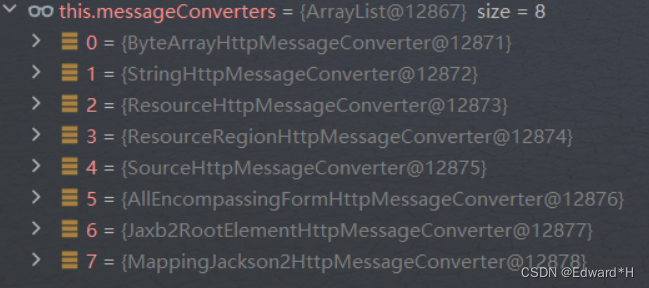
ByteArrayHttpMessageConverter:负责读取二进制格式的数据和写出二进制格式的数据;
StringHttpMessageConverter:负责读取字符串格式的数据和写出二进制格式的数据(当返回值是或者接受值是String类型时,是由这个处理)
ResourceHttpMessageConverter:负责读取资源文件和写出资源文件数据;
ResourceRegionHttpMessageConverter:用于支持分块传输(Chunked Transfer Encoding)的响应。它允许将资源按照指定的区块大小进行切分,分块传输响应给客户端。
SourceHttpMessageConverter:用于处理以XML格式或其他文本格式表示的数据。它支持处理一些Java源数据(Source)类型,如javax.xml.transform.Source(XML数据的源表示)和org.springframework.core.io.Resource(资源文件的源表示)。
AllEncompassingFormHttpMessageConverter:它是一个综合性的表单数据转换器,用于处理表单数据的请求和响应。
Jaxb2RootElementHttpMessageConverter:用于处理XML数据,并支持Java对象与XML数据之间的转换。它主要依赖于Java Architecture for XML Binding (JAXB) API来实现XML数据的序列化和反序列化。
MappingJackson2HttpMessageConverter:负责读取和写入json格式的数据;(当返回值是对象或者List,就由这个处理)
org.springframework.web.servlet.mvc.method.annotation.RequestResponseBodyMethodProcessor 2
2,自定义消息转换器
一般默认的转换器不能满足我们的需求,需要自定义消息转换器,可以创建自己的转换器类(Fastjson,Jackson消息转换器),并在 Spring Boot 配置中进行注册。通常情况下,只需要注册您的自定义转换器,Spring Boot 将自动将其应用于适当的请求和响应。
Fastjson序列化消息转换器定义:
@Configuration
public class WebConfig implements WebMvcConfigurer {
@Override
public void configureMessageConverters(List<HttpMessageConverter<?>> converters) {
//使用fastjson converter
FastJsonHttpMessageConverter converter = new FastJsonHttpMessageConverter();
FastJsonConfig config = new FastJsonConfig();
config.setSerializerFeatures(
SerializerFeature.DisableCircularReferenceDetect,
SerializerFeature.WriteNullListAsEmpty,
SerializerFeature.WriteMapNullValue,
SerializerFeature.WriteNullStringAsEmpty,
SerializerFeature.WriteBigDecimalAsPlain);
config.setSerializeFilters(ValueDesensitizeFilter.INSTANCE);
// serialize config
SerializeConfig serializeConfig = SerializeConfig.getGlobalInstance();
serializeConfig.put(BigDecimal.class, ToStringSerializer.instance);
serializeConfig.put(LocalDateTime.class, LocalDateTimeSerializer.instance);
serializeConfig.put(Long.class, ToStringSerializer.instance);
serializeConfig.put(Long.TYPE, ToStringSerializer.instance);
config.setSerializeConfig(serializeConfig);
converter.setFastJsonConfig(config);
converters.add(0, converter);
}
}
Jackson序列化消息转换器定义:
@Configuration
public class JacksonConfig {
@Bean
@ConditionalOnMissingBean(ObjectMapper.class)
public ObjectMapper objectMapper() {
ObjectMapper objectMapper = new ObjectMapper();
// 通过该方法对mapper对象进行设置,所有序列化的对象都将按改规则进行序列化
// Include.Include.ALWAYS 默认
// Include.NON_DEFAULT 属性为默认值不序列化
// Include.NON_EMPTY 属性为 空("") 或者为 NULL 都不序列化,则返回的json是没有这个字段的。这样对移动端会更省流量
// Include.NON_NULL 属性为NULL 不序列化
objectMapper.setSerializationInclusion(JsonInclude.Include.ALWAYS);
objectMapper.configure(DeserializationFeature.FAIL_ON_UNKNOWN_PROPERTIES, false);
objectMapper.configure(SerializationFeature.FAIL_ON_EMPTY_BEANS, false);
objectMapper.configure(JsonParser.Feature.ALLOW_SINGLE_QUOTES, true);
//解析数组集合、List对象 为[]
objectMapper.setSerializerFactory(objectMapper.getSerializerFactory().withSerializerModifier(new SerializerModifier()));
SimpleModule simpleModule = new SimpleModule();
simpleModule.addSerializer(BigDecimal.class, ToStringSerializer.instance);
simpleModule.addSerializer(Long.class, ToStringSerializer.instance);
simpleModule.addSerializer(Long.TYPE, ToStringSerializer.instance);
simpleModule.addSerializer(LocalDateTime.class, new LocalDateTimeToTimestampSerializer());
simpleModule.addSerializer(LocalDate.class, new LocalDateSerializer());
simpleModule.addDeserializer(LocalDateTime.class, new LocalDateTimeDeSerializer());
simpleModule.addDeserializer(LocalDate.class, new LocalDateDeSerializer());
objectMapper.registerModule(simpleModule);
return objectMapper;
}
}
如何优雅地使用Jackson进行序列化和反序列化操作?
定义一个通用的工具类,对于属性特殊的规则,可以在属性上加注解。
3,Jackson常用注解自定义序列化规则
@JsonFormat 注解来自定义日期格式。
public class User {
private String name;
@JsonFormat(pattern = "yyyy-MM-dd")
private Date birthday;
}
@JsonIgnore 注解来排除不想序列化的字段。
public class User {
private String name;
@JsonIgnore
private String password;
}
@JsonProperty 注解来自定义字段名称。
public class User {
@JsonProperty("username")
private String name;
}
@JsonInclude 注解来指定字段的空值处理策略。
public class User {
private String name;
@JsonInclude(JsonInclude.Include.NON_NULL)
private String email;
}
使用 @JsonSerialize 和 @JsonDeserialize 注解来指定自定义的序列化器和反序列化器。
public class User {
private String name;
@JsonSerialize(using = LocalDateTimeSerializer.class)
@JsonDeserialize(using = LocalDateTimeDeSerializer.class)
private LocalDateTime birthday;
}
自定义反序列化器:
/**
* 新建这个反序列化器的目的:源String串中extendFieldJson属性是对象类型,目标对象DeviceInfo中的extendFieldJson属性是String类型,转换的时候会报类型不匹配的错误。
*
* @Date: 2023/9/19 18:00
*/
public class ObjectToStringDeSerializer extends JsonDeserializer<String> {
@Override
public String deserialize(JsonParser jsonParser, DeserializationContext deserializationContext) throws IOException {
// 从 JSON 中读取属性的对象值
Object objectValue = jsonParser.readValueAs(Object.class);
// 将对象值转换为json字符串
if (objectValue != null) {
return JsonUtil.toJsonString(objectValue);
}
return null;
}
}
